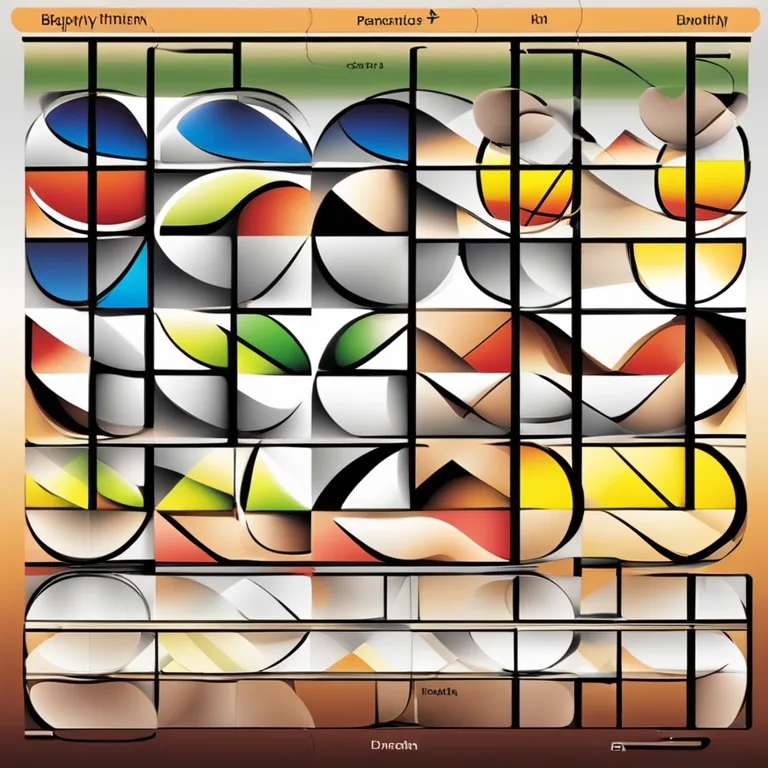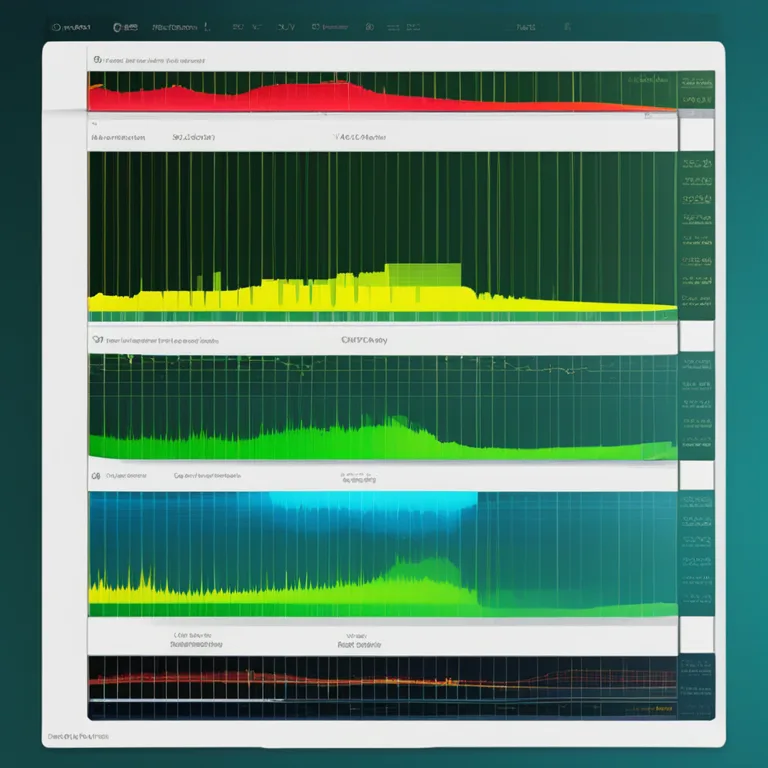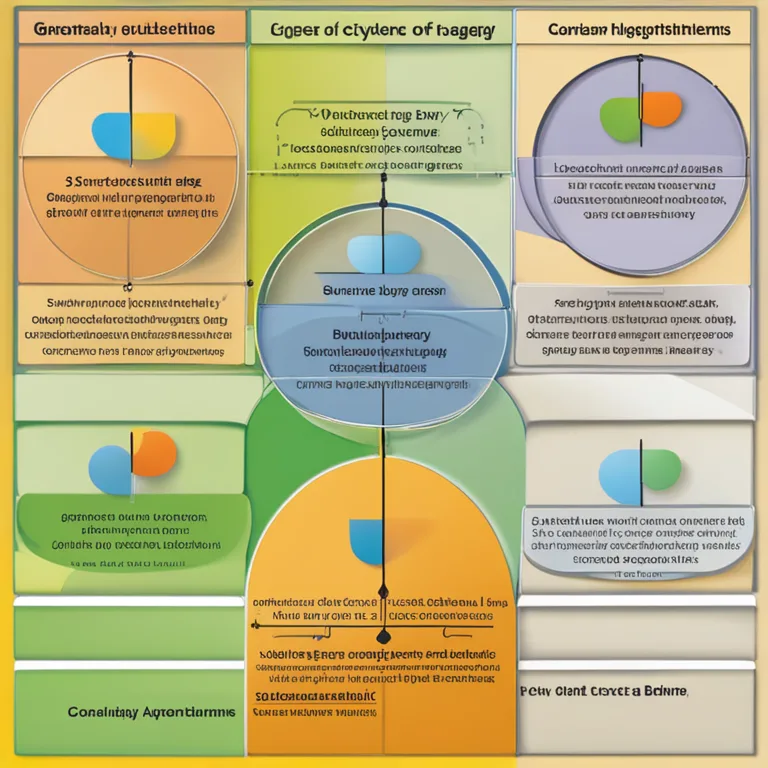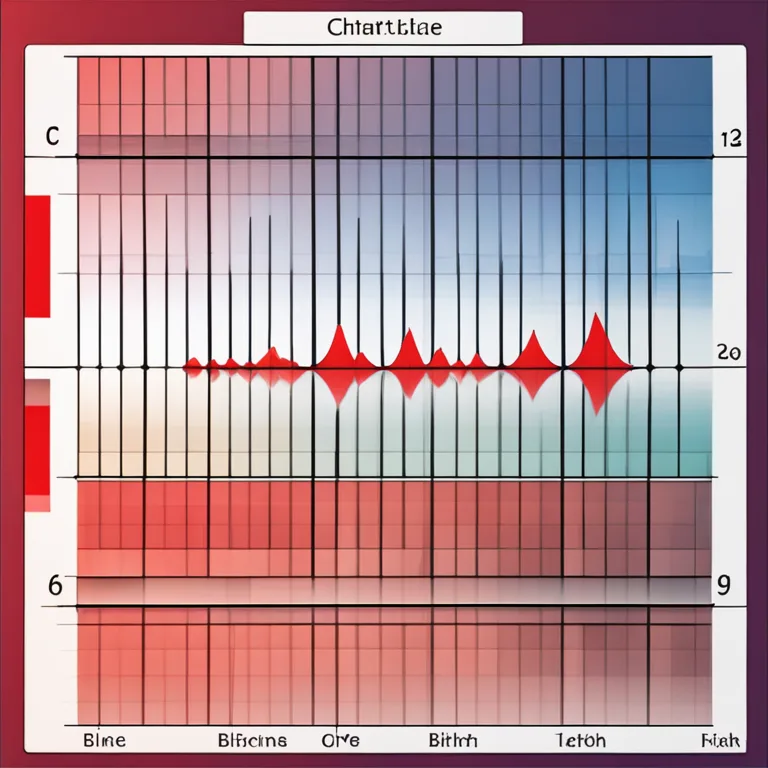
Mastering Biorhythm Chart Analysis
Delve into the essentials of reading biorhythm charts to align with your natural physiological and emotional cycles.
article by Adrian Wallace
Introduction to Biorhythms
Human life is a complex interplay of physical, emotional, and intellectual cycles. Biorhythms, a concept rooted in the idea that our lives are influenced by natural mathematical cycles, aim to predict various aspects of a person's life by analyzing these rhythmic biological patterns. A biorhythm chart represents these cycles visually, allowing individuals to understand their personal fluctuations and plan their activities in harmony with these rhythms. This article presents a step-by-step guide to reading and interpreting your biorhythm chart accurately.

The Three Primary Cycles
Understanding the fundamental nature of the three primary cycles—physical, emotional, and intellectual—is key to reading a biorhythm chart. The physical cycle, lasting 23 days, influences one's strength, coordination, and well-being. The emotional cycle, with a 28-day span, shapes our mood, creativity, and perception. Lastly, the intellectual cycle of 33 days governs logic, alertness, and analytical ability. Recognizing the interplay of these cycles helps you comprehend the underlying pattern of your personal energy levels.

Navigating the Chart Layout
The biorhythm chart depicts these cycles as sine wave-like graphs, which start from the moment of your birth. Each cycle has high, low, and critical phases. Days when the graph is above the horizontal line represent high phases of the cycle, indicating better performance in that aspect. Conversely, the low phase occurs when the graph dips below the line, suggesting a time for caution and rest. The critical phase, marked by the line crossing the midpoint, is a transitional period of heightened sensitivity and instability.

Calculating Your Cycles
Today, with advancements in technology and software, numerous online tools and apps can generate your personal biorhythm chart based on your birth date. Ensure the platform you use updates its algorithms regularly for accurate readings. Simply enter your birth date, and the software automatically calculates the cycles relative to the current date, giving you an instant visualization of your personal biorhythms.

Interpreting Cycle Intersections
Interpreting your chart means looking beyond individual cycles and understanding their relationships. Pay close attention to the periods when two or more cycles align or intersect. Such days can denote significant shifts, either providing a compounded boost of energy and insight when cycles converge at high points or indicating potential challenges when multiple cycles hit a low or critical point simultaneously.
Planning with Biorhythms in Mind
Reading a biorhythm chart can serve as a tool for planning key life events. Scheduling demanding activities when your physical and intellectual cycles are high can lead to better outcomes. Conversely, recognizing a forecasted emotional low can help you avoid unnecessary stress by planning downtime or self-care. Remember, while biorhythms can provide insights, they are not deterministic and should complement, not dictate, your decision-making process.
Applying Biorhythms to Relationships
Biorhythms can also be used to analyze relationship dynamics by comparing the cycles of different individuals. This can offer an additional perspective on compatibility or potential friction points. For example, if one partner is in a high emotional phase while another is in a low phase, understanding these cycles can foster empathy and communication.
Published: 12/28/2023
Modified: 12/28/2023
More predictions
Come back here soon to learn more about yourself and your future


Biorhythm Insights: Patterns of Life's Peaks and Valleys
Discover the intriguing concept of biorhythms and see practical examples of how these physiological cycles might influence our daily lives.


The Accuracy of Biorhythms: A Myth or Science?
Delve into the debate on the accuracy of biorhythms and discover whether they hold any scientific validity.